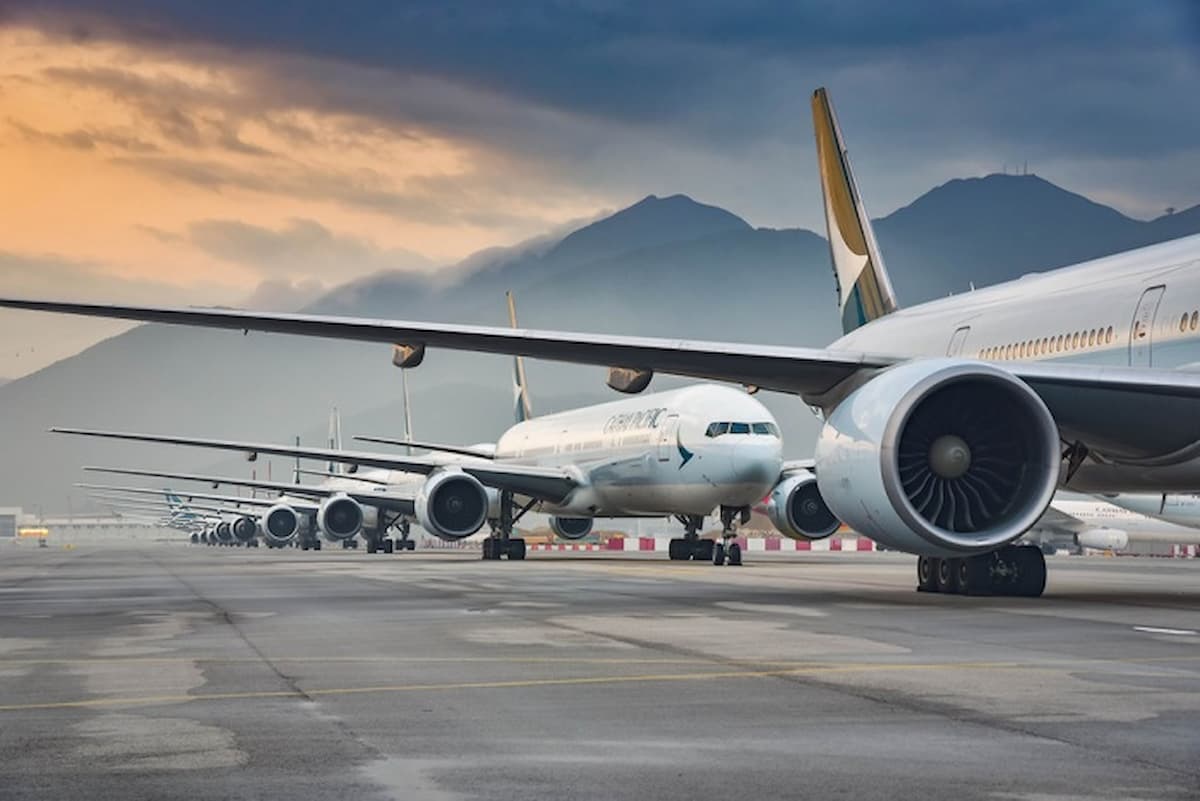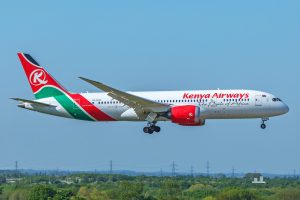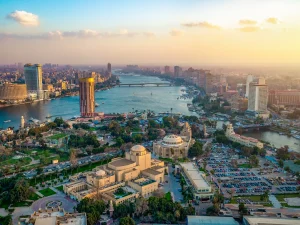The year 2024 has been a landmark year for the airline industry, marked by a mix of challenges and triumphs that have shaped the trajectory of global air travel. As the sector rebounds from the turbulence of the pandemic years, new innovations and persistent obstacles continue to define its path forward. Here, we explore the highs and lows of the airline industry in 2024 and offer a glimpse into what 2025 may hold for travelers and stakeholders alike.
The Trials of 2024:
Operational Challenges
Pilot Shortages: Despite aggressive hiring campaigns, the industry has struggled to address the lingering pilot shortage exacerbated by mass retirements during the pandemic. Training pipelines, although robust, have been unable to keep pace with demand, leading to operational disruptions.
Rising Fuel Costs: Geopolitical tensions and supply chain issues pushed jet fuel prices to new heights, squeezing airline profit margins and prompting fare hikes that tested consumer patience.
Regulatory Pressures
Governments around the world intensified their focus on environmental regulations. The European Union’s Fit for 55 initiative, which targets a 55% reduction in greenhouse gas emissions by 2030, placed additional costs on carriers operating within its jurisdiction.
Noise pollution regulations in urban hubs like New York and London further complicated flight scheduling and airport operations.
Consumer Confidence and Economic Headwinds
Inflation and economic uncertainty impacted discretionary spending, causing fluctuations in demand for leisure travel. While business travel saw a modest recovery, hybrid work models continued to limit its full resurgence.
The Jubilations of 2024:
Technological Innovations
Sustainable Aviation: The successful rollout of electric regional jets on select routes marked a significant milestone. Airlines like United and EasyJet began operating hybrid-electric aircraft, reducing carbon emissions and proving the viability of sustainable aviation technology.
Supersonic Travel Revival: Boom Supersonic’s Overture aircraft achieved its first successful commercial test flight in early 2024, reigniting dreams of supersonic passenger travel and promising unprecedented connectivity for the global elite.
Passenger Experience Improvements
Airlines invested heavily in improving passenger experiences, with ultra-modern cabins featuring customizable spaces and improved in-flight connectivity becoming the norm.
Innovations like biometric boarding streamlined airport experiences, significantly reducing wait times and enhancing convenience.
Market Growth
Asia-Pacific emerged as the fastest-growing region for air travel, driven by rising middle-class incomes and a boom in intra-regional tourism. Budget carriers like AirAsia capitalized on this growth, expanding routes and increasing frequency.
Looking Ahead: Prospects for 2025:
As 2025 approaches, the airline industry stands at the cusp of transformative change:
Green Horizons
The industry is expected to make strides in meeting sustainability goals. The adoption of sustainable aviation fuel (SAF) is likely to expand, supported by government subsidies and increased production capacity.
Hydrogen-powered aircraft are slated for advanced testing phases, signaling a potential revolution in long-haul travel by the 2030s.
AI Integration
Artificial intelligence will play a larger role in predictive maintenance, route optimization, and customer service, enabling airlines to operate more efficiently and deliver tailored experiences.
Economic Recovery and Travel Boom
Analysts predict a strong rebound in leisure travel as global economies stabilize. Mega-events like the Paris 2025 World Expo and the Cricket World Cup in India are expected to drive significant international traffic.
Challenges to Watch
While innovation promises to reshape the industry, challenges such as cyber-security threats, geopolitical uncertainties, and continued workforce shortages remain pertinent.
2024 has been a year of resilience and adaptation for the airline industry. Its ability to navigate complex challenges while embracing technological advancements underscores its enduring relevance in a rapidly changing world. As we look to 2025, the promise of sustainable aviation, enhanced passenger experiences, and robust market growth inspires optimism. For travelers and industry players alike, the skies ahead are filled with opportunity.
Source: Breaking Travel News






